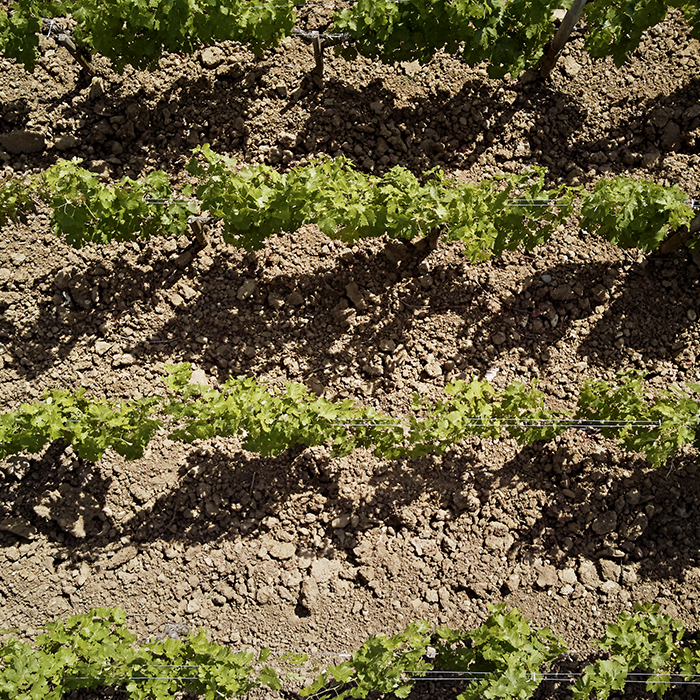Bordeaux 2019: prospects and potential
Author: Mark Pardoe MW

The runes for the 2019 vintage are very promising. The top line is that the region has produced a fine quality crop in good quantity, with high levels of ripeness and a more evident freshness than in 2018 – but the growing season was not without its challenges. How these conditions affected individual properties, and how the properties responded to them, will help us frame our opinions when we begin our tastings at the end of the month.
As is becoming common for the region, Bordeaux had to endure periods of intense heat and drought, but both were eventually mostly mitigated by moderating weather later in the season. If 2017 was the year of the spring frosts and 2018’s hallmark was the vicious late spring mildew, then 2019’s cross to bear was the tail of Hurricane Miguel, bringing cold and rainy weather during flowering in June, although there was a bit of frost in the outlying districts. Flowering is badly affected by cool weather and rain, resulting in coulure – where a grape doesn’t develop (caused by wet conditions), and millerandage – where grapes develop unevenly in size (caused by cold weather). Both were widespread in Bordeaux in 2019, although, in truth, coulure can sometimes be a benefit, reducing yields, and millerandage is not an issue if there is careful sorting at harvest.
Again in 2019, Bordeaux’s summer was hot. There were two periods of extreme heat at the end of June and in July, which brought the now regular challenges of hydric stress and the risk of burnt grapes. The former was alleviated for some by 25mm of rain at the end of July. Under these conditions, it is the older vines with deeper roots and vineyards on more water-retentive soils (ie those with more clay) that do best.
As the drought slowed maturation, the harvest dates became more aligned to what used to be thought of as normal, with the Merlot being picked mid- to late September and Cabernets well into October. The weather held fine and warm all through harvest, and picking dates could be chosen without any pressure. Everything was in before the weather finally broke in mid-October. It is possible that it is this more normal hang-time that has endowed the wines with the year’s fresher aspect. The volumes are in line with the 10-year average at 5.1 million hectolitres, just below 2018, which is a little surprising given the difficult flowering – an interesting paradox that may merit further analysis in situ.
Overall the feeling about quality is very positive. Marie-Hélène Dussech of Château Brane-Cantenac declares it a year for Cabernet Sauvignon on the best terroirs, but is cautious about the effect of the drought elsewhere. At Beau-Séjour Bécot in St Emilion, Juliette Bécot feels this is a very important year, with her deep limestone sales adding a racy quality to an increasingly elegant vintage, and commented on the disparity between the short vegetative cycle of her Merlots compared to her Cabernets. In neighbouring Pomerol, Marielle Cazaux of La Conseillante finds it hard to believe she has a better wine than her already special 2018. This vintage, she thinks, has the richness of 2018 and the purity of 2016. With his négociant hat on, Charlie Sichel wisely observes that the more attentive viticulturalists will have performed well. Attention to detail was crucial.
Follow all our coverage of the vintage here.


